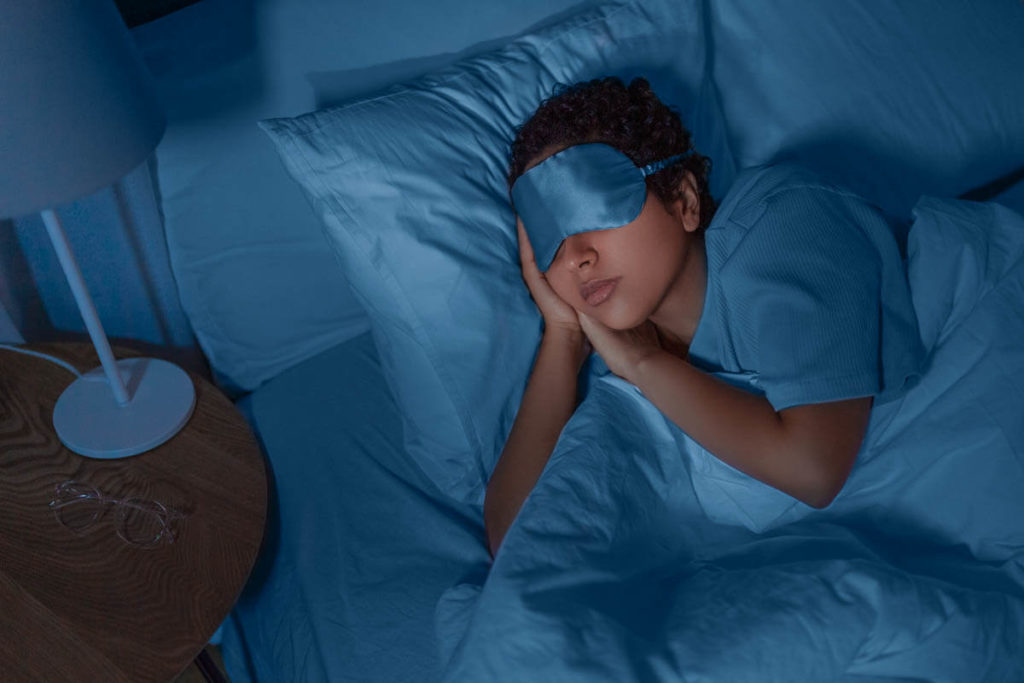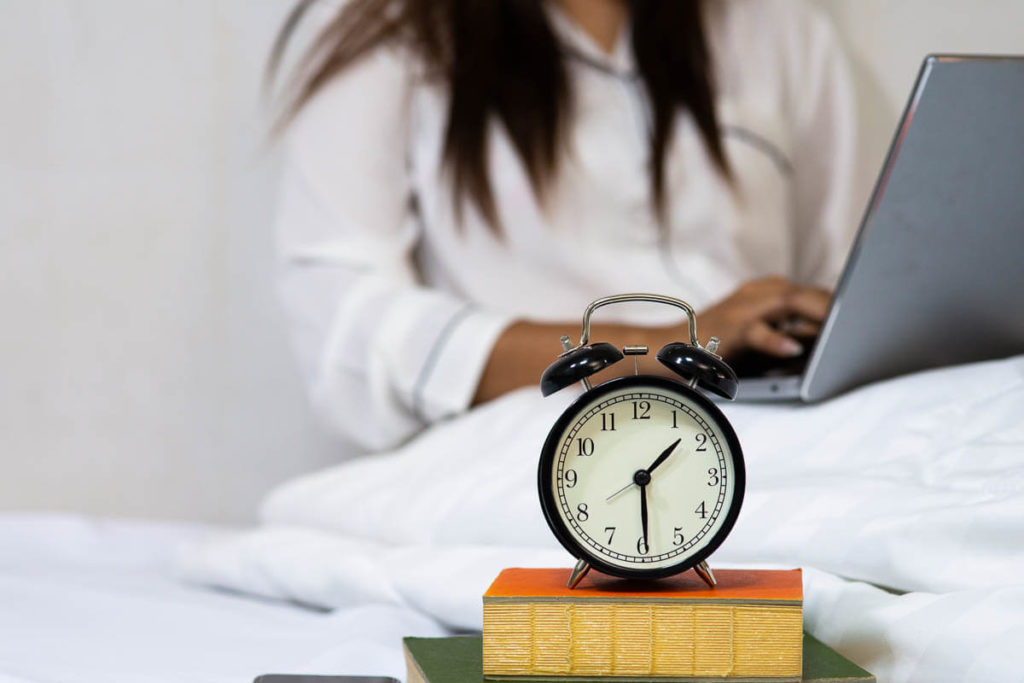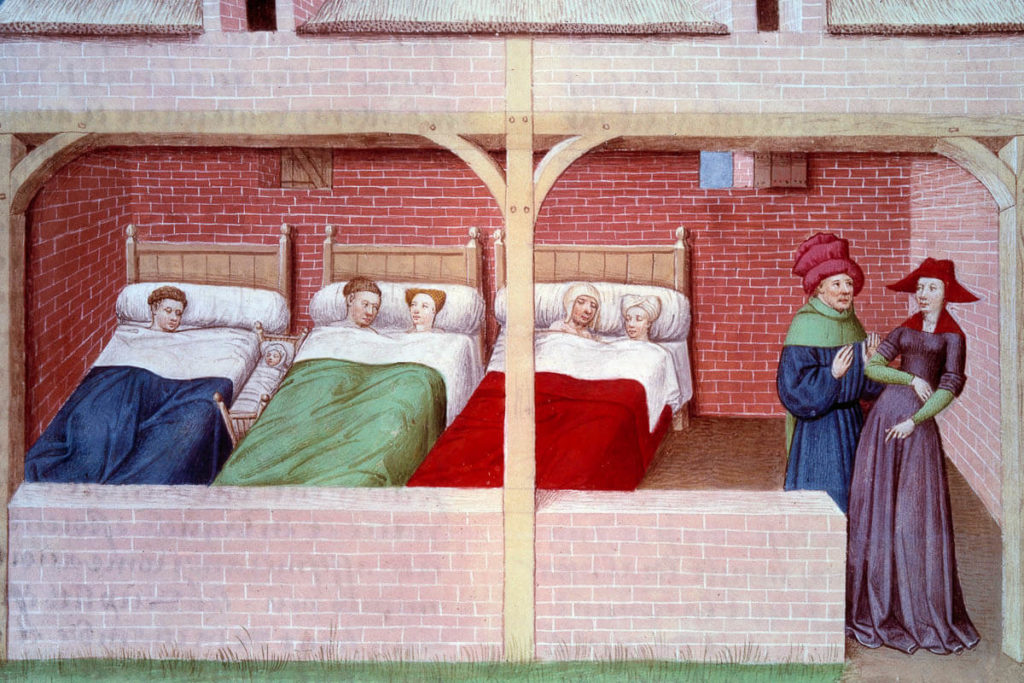The myths and matter-of-facts about sleep.
We’ve all heard people boasting that they’re perfectly functional on five hours of sleep or less. Adults do vary in their sleep needs, but the number who are at their best with such little sleep is vanishingly small. Long-term sleep deprivation is linked to obesity, type 2 diabetes, heart disease, and traffic accidents.
So why do people say they’re fine on a sleep-deprived schedule? A rush of cortisol, the hormone that revs us up to manage stress, can create the sensation of alertness. It’s an illusion; the sleep-deprived still do poorly on objective tests of their short-term memory and motor skills.
For optimal functioning, seniors usually need seven to eight hours, and other adults need seven to nine. Teens need eight to 10 hours and younger children need even more. People who are getting enough sleep take at least 15 minutes to fall asleep when they get into bed.
But an all-nighter might be good for your mental health.
Although losing an entire night’s sleep zombifies most of us, there are exceptions: Some people feel much happier or calmer after an all-nighter.
That’s probably because the jolt is a reset for their body clocks, which were out of whack, an idea first described in an 1818 German psychiatric textbook.
dDepression or bipolar disorder almost always involves a disruption in sleep, which may be a symptom or a trigger. According to British psychiatrist David Veale, staying up for 36 hours relieves mood symptoms in about half of these patients. To maintain this state, he prescribes a sleep schedule that requires waking up in the wee hours for the next several days. After that, they may be able to stay in a more standard sleep schedule, supported by light therapy. Our body clocks are set by light: Veale prescribes exposure to intense white light in the morning for six months to a year.
Medieval peasants slept better than we do.
Artificial light has made sleep far less pleasant. We get too little sunlight and too much light when we need darkness.
In medieval Europe, there were no glowing smartphones or bedside lamps. At sundown, families blew out a candle and retreated to soft heaps of rags in one room. After about four hours of sleep, at midnight, adults awoke for a blissful hour or two of prayer, sex, reading, writing, or chatting, before they dozed off and awoke at dawn.
That’s apparently the natural rhythm. In an experiment in the 1990s, in which participants lived away from artificial light, after three weeks they gradually drifted into the pre-artificial light pattern of waking in the middle of the night. Tests of their blood in the interlude showed that even without sex, they were awash in prolactin, a hormone released after orgasm that gives us the “afterglow.”
Eight hours seems to be the key, but ideally, we’d all have a sweet interlude. Just don’t turn on your lights or use your laptop or phone.




